Carbon Monoxide Safety Measures For Homeowners This Heating Season
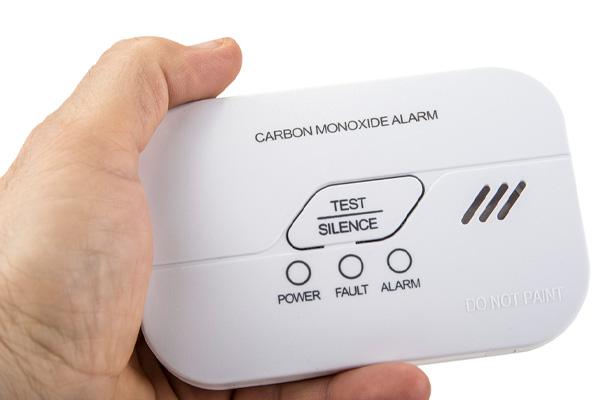
Ensuring your home is safe and warm during the winter should be at the top of your list. Keeping your heating unit in excellent working condition is vital, as it’s the heart of your home’s comfort. While these systems are designed to be robust, it’s unrealistic to expect that issues will never arise.
Your heating system burns fuel to produce heat, which inevitably produces carbon monoxide (CO). Awareness of this odorless, colorless gas and its risks is crucial. Ensuring your carbon monoxide detector functions correctly when using your home heating appliances is equally important.
Carbon monoxide poses significant dangers to humans and animals, with prolonged exposure potentially being fatal. Thankfully, several measures can safeguard your household from this toxic gas. Experts like Hart Home Comfort can provide you with guidance on concerns like these.
Understanding Carbon Monoxide and Recognizing the Risks
Table of Contents
- 1 Understanding Carbon Monoxide and Recognizing the Risks
- 2 The First Step of Carbon Monoxide Safety in Your Home
- 3 Common Causes of Indoor Carbon Monoxide Accumulation
- 4 Mild, Moderate, & Severe Symptoms of CO Exposure
- 5 What To Do If You Suspect Carbon Monoxide Exposure
- 6 Carbon Monoxide FAQs
- 7 Conclusion
- 8 Contact Hart Home Comfort for Trusted HVAC Services
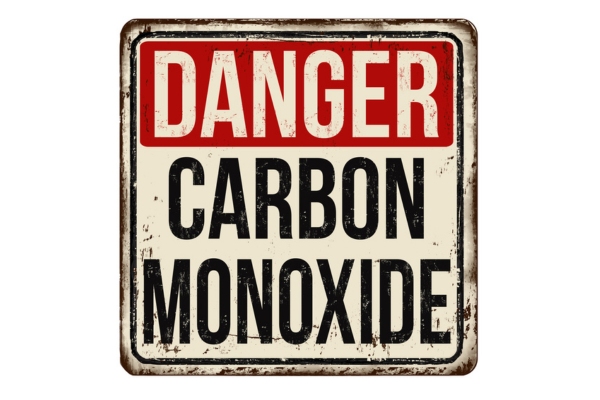
As your heating system operates, it also produces carbon monoxide (CO), a gas that is invisible and undetectable without aid because it lacks both color and odor. Since it cannot be identified by smell or sight, homes using combustible fuel— propane, natural gas, heating oil, charcoal, or wood—must be equipped with a carbon monoxide detector to ensure safety.
A venting system with fuel-burning heaters and appliances is crucially installed to ensure home indoor safety. This system plays a key role in preventing carbon monoxide poisoning by directing the CO outside, protecting the home’s occupants from inhaling this dangerous gas.
Every heating system and fuel-burning appliance must be correctly installed, vented, and regularly maintained to function safely. When these systems and appliances are in optimal condition, the likelihood of a carbon monoxide leak is significantly reduced. However, in the event of a malfunction, a functioning CO detector is essential for early detection, allowing homeowners to respond swiftly and effectively to mitigate risks.
Secure Your Winter Comfort! Contact Hart Home Comfort today to arrange your heating service appointment and maintain a cozy, warm home throughout the season.
The First Step of Carbon Monoxide Safety in Your Home
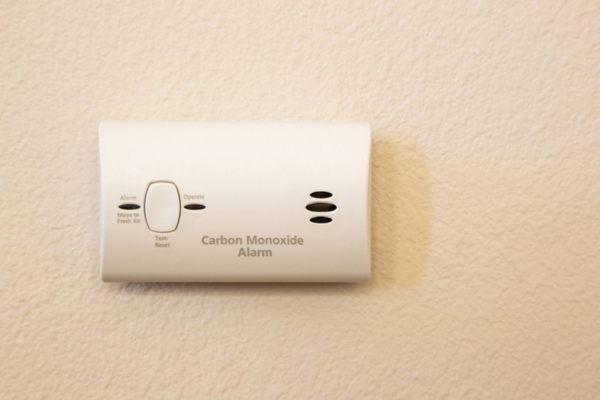
Installing a high-quality CO detector and alarm is the initial measure to ensure a carbon monoxide-safe home. This device, typically battery-operated, should be strategically positioned near any appliance that emits carbon monoxide.
Regular testing and timely battery replacements are crucial for maintaining the effectiveness of your CO detector. It is advisable to replace the batteries and conduct a test before the onset of the colder months. Ensure you thoroughly read the manufacturer’s manual and adhere to all the instructions during your carbon monoxide detector installation to guarantee proper testing, installation, and maintenance.
Act Before Heating Issues Arise! Reach out to Hart Home Comfort now to schedule a preventive heating service, ensuring your system operates smoothly throughout the season.
Common Causes of Indoor Carbon Monoxide Accumulation
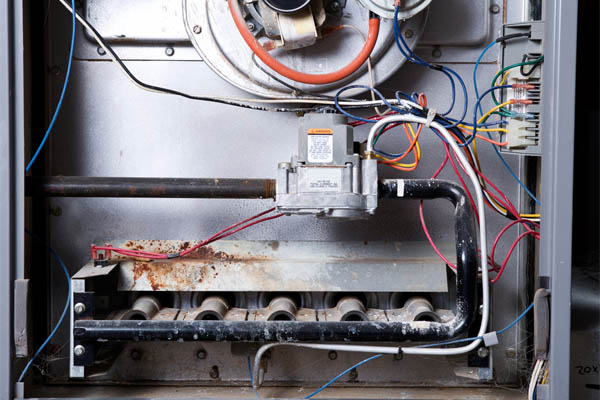
Faults in the ventilation of your heating system can result in CO build-up. Additionally, CO can escape from a heating unit that is damaged or has deteriorated over time. Thus, beyond relying on your CO alarms, ensure your heating system undergoes annual check-ups and maintenance to prevent these risks.
The optimal time to arrange your annual HVAC tune-up is before the heating season begins. This proactive measure is essential for safeguarding your family against potential carbon monoxide leaks. Obstructions in your system’s flue or vent, or a backdraft near your heater, can significantly increase the risk of CO exposure.
Contact your reliable local HVAC service provider for a thorough diagnosis and necessary repairs. It’s best to address these issues early, ensuring your system is fully operational when needed the most.
Experience Expert Heating Care! Contact Hart Home Comfort to schedule your heating service appointment and enjoy safe, reliable, and efficient heating throughout the season.
Other Common Signs of Carbon Monoxide Build-Up or Leak
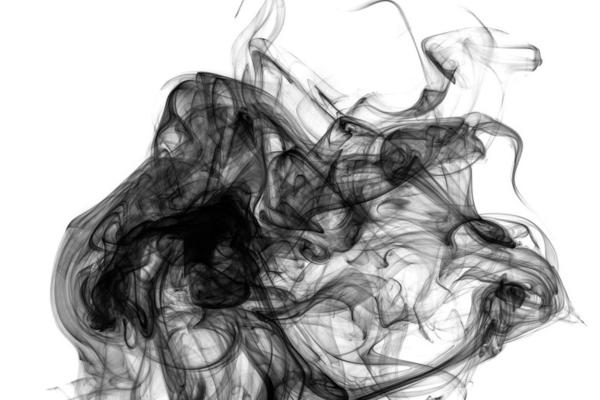
In addition to the warnings from your CO alarm, there are other indicators of a carbon monoxide build-up. Since CO is produced as exhaust during fuel combustion, its appearance can vary based on the type of fuel used.
For instance, if your heating system uses oil, an increase in smoke and soot is a clear sign of carbon monoxide presence. Should you notice excessive soot, contact a reliable HVAC service promptly. On the other hand, gas systems typically show a yellow or orange flame, and you might even see occasional pops of these colors. Both situations indicate a combustion issue that requires immediate attention.
Stay Cozy and Safe! Contact Hart Home Comfort today to arrange for your heating system maintenance and prevent any unexpected problems during the winter season.
Mild, Moderate, & Severe Symptoms of CO Exposure
Carbon monoxide is hazardous to humans and animals, regardless of the amount. The severity and extent of symptoms increase with higher concentrations of CO and prolonged exposure. Recognizing these symptoms early can ensure safety and prevent serious health issues.
Mild exposure to CO can result in symptoms like nausea, headaches, dizziness, and fatigue. As exposure increases, symptoms become more severe, including intense headaches, confusion, disorientation, and extreme drowsiness. In the most severe cases, CO poisoning can lead to heart failure, convulsions, and loss of consciousness. It can also be fatal for people and pets.
What To Do If You Suspect Carbon Monoxide Exposure
If you suspect anyone in your household is showing symptoms of carbon monoxide exposure, immediately turn off all fuel-burning appliances. Open windows and doors to let fresh air enter. After ensuring ventilation, evacuate the house immediately. Seek medical attention immediately and report any symptoms of carbon monoxide poisoning to a healthcare professional. Follow these steps without delay if your CO detector sounds an alarm.
Never assume that your CO alarm is giving false alerts. It’s always better to err on the side of caution.
Maximize Your Heating Efficiency! Contact Hart Home Comfort today to schedule your heating service appointment, ensuring improved energy efficiency and enhanced comfort for your home.
Carbon Monoxide FAQs

Here are some commonly asked questions to help you understand and manage carbon monoxide safety in your home.
What Is Carbon Monoxide and Why Is It Dangerous?
Carbon monoxide (CO) is an odorless and invisible gas created by the combustion of fossil fuels like gas, oil, wood, and coal. It poses significant health risks, including headaches, dizziness, nausea, and potentially fatal outcomes if inhaled in high concentrations or over extended periods.
How Can I Detect Carbon Monoxide Inside My Home?
The most effective method to detect carbon monoxide is by installing CO detectors on each level of your home, particularly near sleeping areas. These detectors will emit an alarm if they detect hazardous levels of CO, alerting you to the presence of the gas.
What Are the Typical Sources of Carbon Monoxide in a Home?
Carbon monoxide is commonly produced by various household sources, including gas furnaces, water heaters, stoves, fireplaces, and other fuel-burning appliances. It can also originate from running vehicles in attached garages or using generators or grills inside the home.
What Actions Should I Take If My Carbon Monoxide Detector Alarms?
If your CO detector sounds an alarm, promptly evacuate your home and contact emergency services. Do not return to your home until professionals have inspected it and confirmed it is safe. Ensure all family members are safely out of the house and refrain from using any fuel-burning appliances until a professional thoroughly checks them.
What Can I Do to Avoid Carbon Monoxide Poisoning in My Home?
Ensure all fuel-burning appliances are correctly installed and routinely maintained to prevent carbon monoxide poisoning. Avoid using generators, grills, or other gas-powered equipment indoors. Keep vents and chimneys free from obstructions, and never run vehicles inside the garage. Regularly test your CO detectors and replace their batteries as necessary.
Conclusion
Carbon monoxide poisoning is a paramount concern for any home using fuel-burning appliances. Taking preventative measures is critical to protect your household. A properly maintained and functioning CO alarm is your primary safeguard. Additionally, scheduling an annual heating system tune-up effectively prevents carbon monoxide buildup and ensures safety.
Since carbon monoxide is odorless and colorless, a CO alarm is crucial for detecting its presence in your home. Despite this, the most effective prevention method is having a professional inspect your heating unit. Ensure you schedule an annual heating system maintenance before the winter season begins.
Contact Hart Home Comfort for Trusted HVAC Services
Hart Home Comfort offers top-notch heating and cooling services in Nassau County, Suffolk County, and Queens, New York. Our team of professionally certified technicians is highly skilled, offering top-notch HVAC tune-ups, repairs, installations, and replacements. With extensive knowledge and experience, our technicians ensure your HVAC system is serviced efficiently and effectively.
Hart Home Comfort guarantees competitive pricing for all heating and cooling services in the area. Our maintenance services enhance home comfort and energy efficiency while reducing your heating and cooling bills.
Should you require an HVAC repair or a new system installation, we can recommend the best options tailored to your home’s needs and budget. We stand by our work with a satisfaction guarantee. Contact Hart Home Comfort today to schedule a service appointment. We also provide free in-home estimates.
By ordering your fuel from us, you can help reduce carbon emissions and help the environment while taking advantage of our superior oil delivery services. Call today to schedule a full delivery for your home or office.
For any questions about what Hart Home Comfort can do for you, give us a call today. Click here to contact us now or call us at (631) 667-3200 to find out more! Click the link to view our service area.

Related Articles: